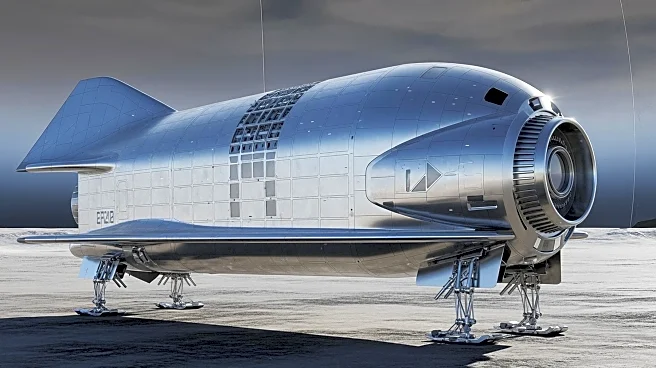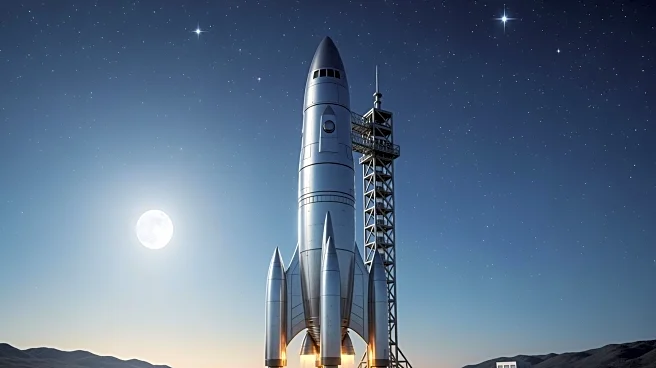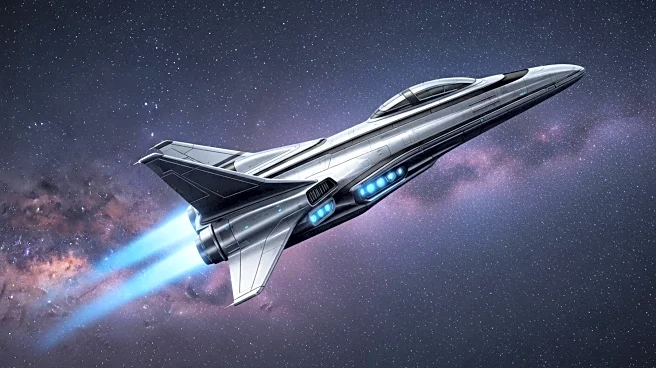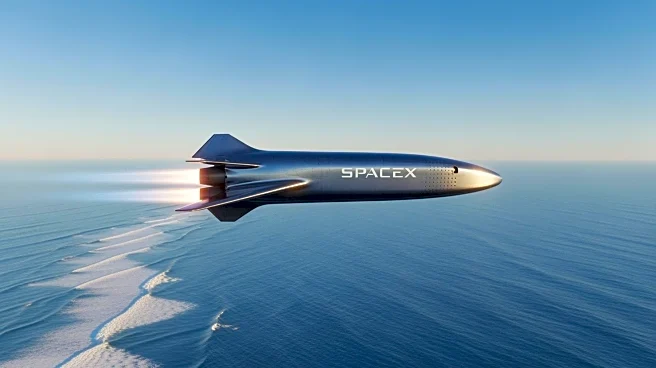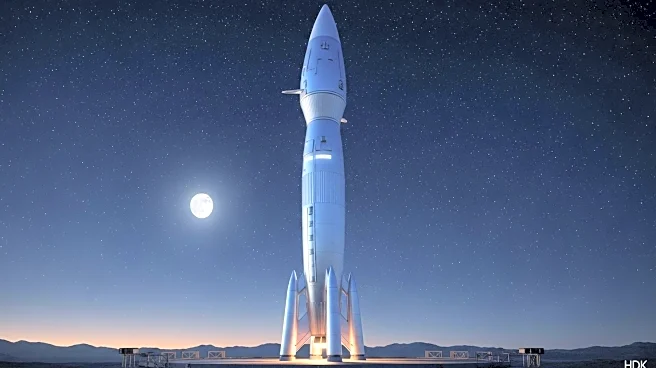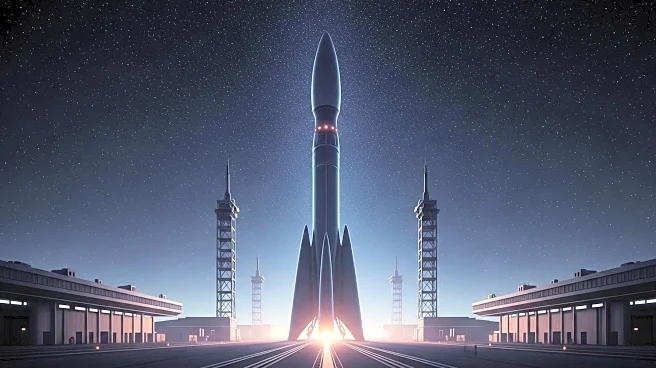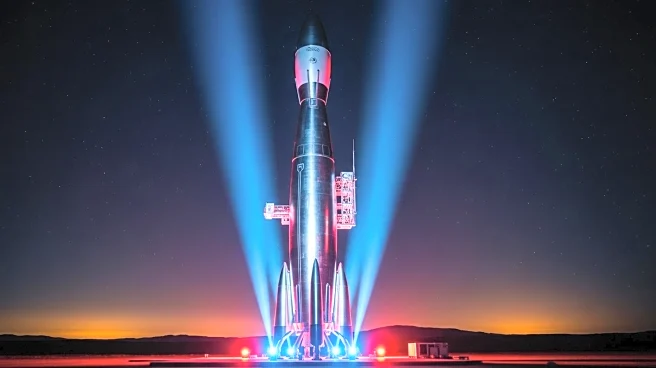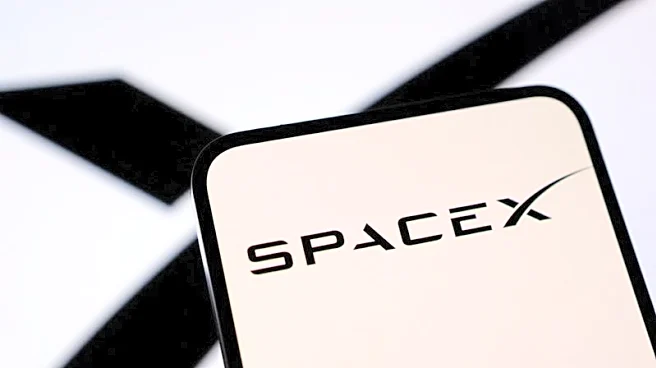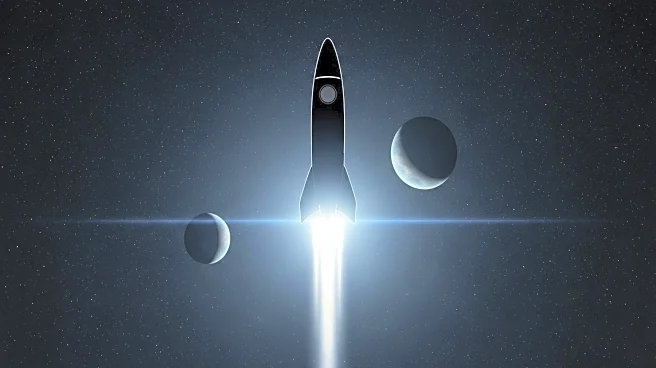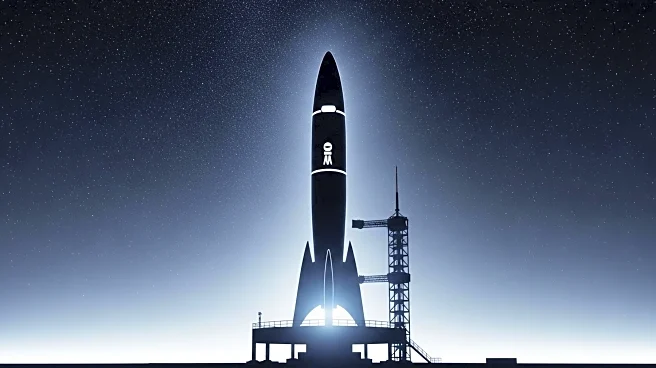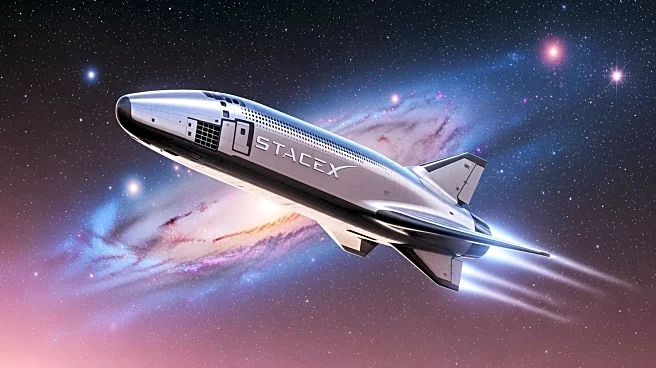What's Happening?
SpaceX's Starship program has marked a significant milestone with its latest mission, which concluded with a successful splashdown in the Indian Ocean. This mission is noted as the most successful yet
for the Starship, as it returned to Earth with minimal damage, suggesting that improvements to the heat shield have been effective. This development follows a series of challenges earlier in the year, where four Starships were destroyed either in flight or on the ground. The recent success is attributed to enhancements in the spacecraft's design, particularly the heat shield, which had previously shown vulnerabilities. The mission also marks the final flight of the second generation of Starship, known as Starship V2, with plans to introduce the larger and more powerful Starship V3 in early 2026.
Why It's Important?
The successful return of SpaceX's Starship with minimal damage is a crucial step forward for the company, as it demonstrates the viability of their heat shield improvements. This advancement is significant for the future of reusable spacecraft, potentially reducing costs and increasing the frequency of space missions. The success of the Starship program is vital for SpaceX's long-term goals, including missions to Mars and beyond. The improvements in the spacecraft's design could also enhance safety and reliability, which are critical factors for gaining trust from stakeholders and potential clients. This development positions SpaceX as a leader in the space industry, potentially influencing market dynamics and competitive strategies among other aerospace companies.
What's Next?
SpaceX plans to debut the Starship V3 configuration in early 2026, which is expected to be larger and more powerful than its predecessor. If the upcoming tests and missions continue to demonstrate success, SpaceX could attempt to recover the Starship on land, further advancing their goal of creating a fully reusable spacecraft. The continued success of the Starship program may prompt increased interest and investment in space exploration and technology, potentially leading to new partnerships and collaborations. Additionally, the advancements in spacecraft technology could inspire regulatory discussions and policy developments related to space travel and exploration.
